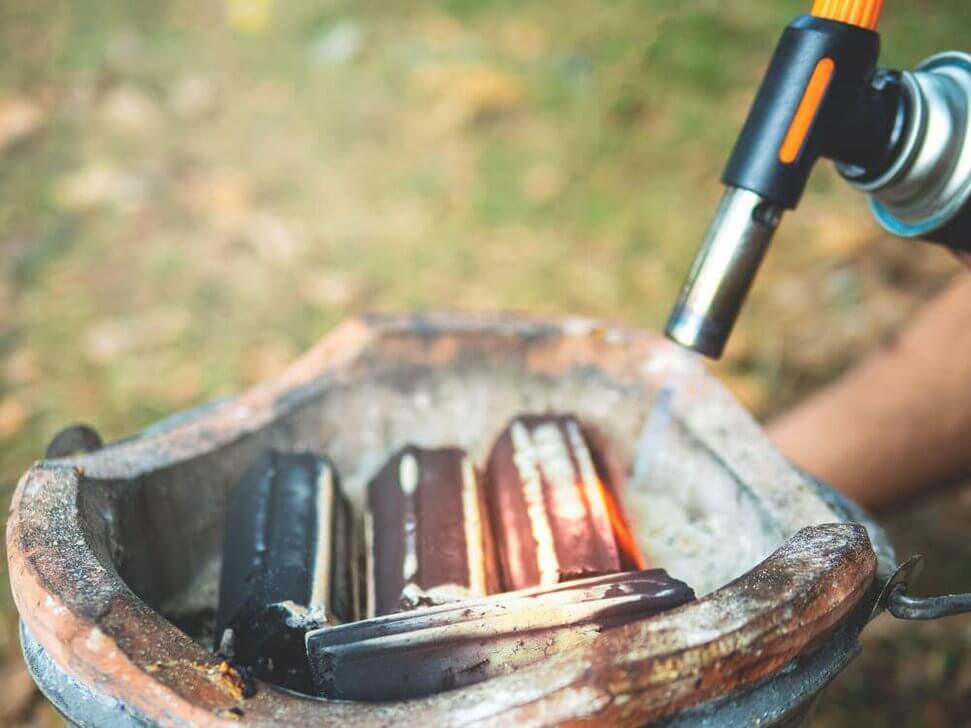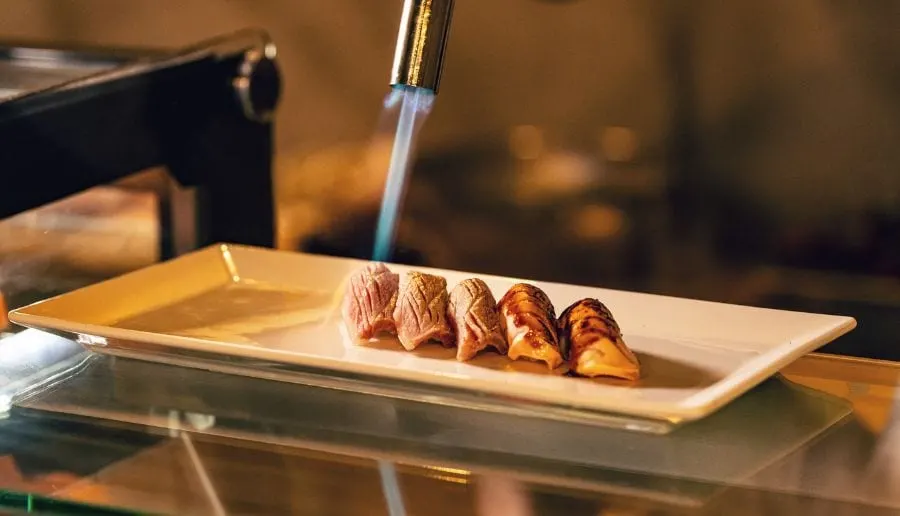When it comes to the culinary arts, especially grilling, the choice of gas can significantly impact both the flavor and quality of the food.
Among the various options available, Propane has been a longstanding favorite.
However, Mapp gas, an acronym for Methylacetylene-Propadiene Propane, is gaining attention for its unique properties.
This brings us to a crucial question for cooking enthusiasts and professionals: “Can you use Mapp gas on food?”
This article delves into the characteristics, benefits, and considerations of using Mapp gas versus Propane for your culinary endeavors, providing a comprehensive comparison to help you decide which gas is better suited for your grilling needs.
What is Mapp Gas?
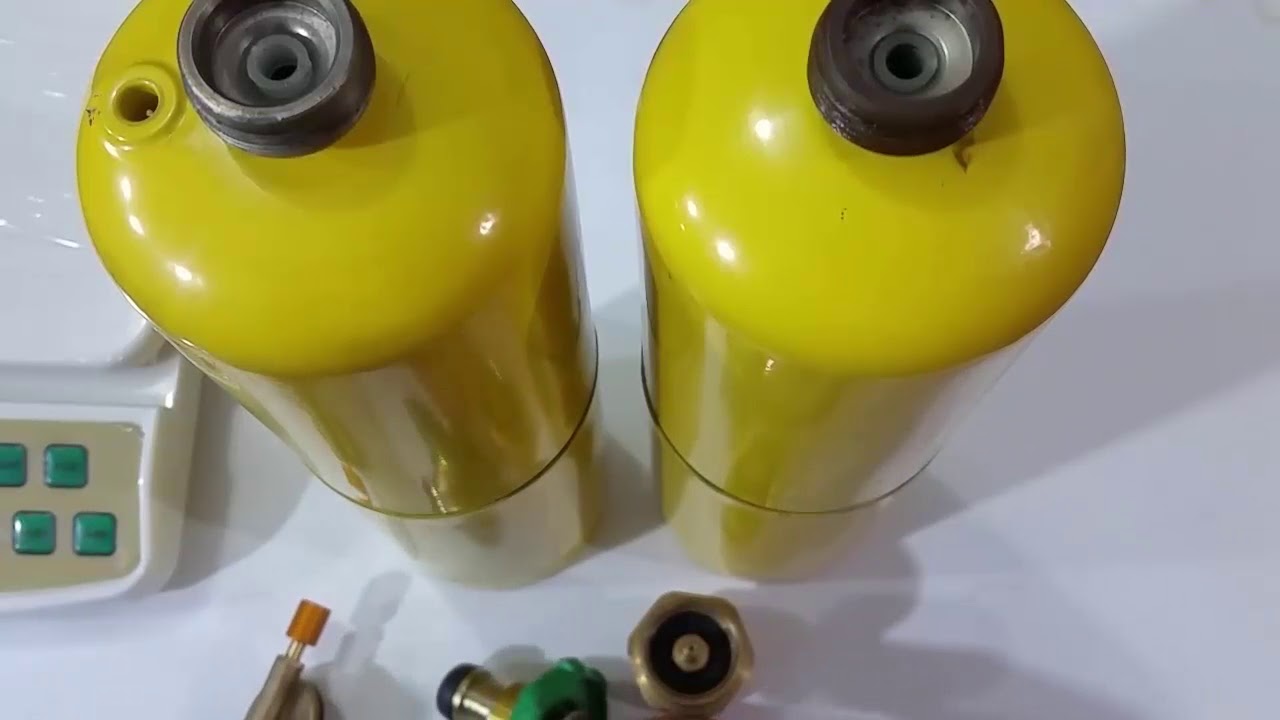
Mapp gas, an acronym for Methylacetylene-Propadiene Propane, is a specialized gas blend used in various heating, soldering, and cutting applications.
Comprising primarily of methylacetylene, propadiene, and Propane, this gas is renowned for its high burning temperature, significantly surpassing traditional propane gas.
Historically, Mapp gas has been pivotal in industrial settings, particularly for metalworking tasks such as welding, due to its ability to achieve a combustion temperature in the air of up to 3730 Fahrenheit (2054 Celsius).
The unique composition of Mapp gas allows it to burn hotter than many other fuels, making it particularly valuable for applications requiring intense heat, such as brazing or glass blowing.
Beyond its industrial uses, culinary professionals have also adopted Mapp gas for tasks like searing meats or finishing dishes that benefit from a high-heat source, ensuring a perfect char without altering the food’s inherent flavors.
Despite its benefits, the original formulation of Mapp gas was phased out in 2008 and replaced by MAPP Pro and other alternatives that offer similar performance characteristics.
Today, while the term “Mapp gas” often broadly refers to these successors, the legacy and impact of the original Mapp gas formulation continue to influence practices across both industrial and culinary fields.
What Are the Benefits of Mapp Gas?
Mapp gas, known for its distinctive properties, offers several benefits across various applications, from industrial to culinary use. Here are some of the key advantages:
- High Combustion Temperature: Mapp gas stands out for its ability to produce a significantly high flame temperature, reaching up to 3730 Fahrenheit (2054 Celsius) in the air. This feature is especially beneficial in applications requiring intense heat, such as metal welding, soldering, and cutting, as it can speed up the process and improve efficiency.
- Enhanced Flame Stability: Unlike other gases, Mapp gas provides a more stable flame under different conditions, which is crucial for tasks that demand precision and control. This stability ensures consistent performance, reducing the risk of errors in sensitive operations.
- Versatility: Thanks to its high-temperature capabilities, Mapp gas is versatile, finding utility in both industrial settings and culinary arts. Chefs particularly value Mapp gas for searing meats and finishing dishes, as it offers the intense heat needed without impacting the food’s flavor.
- Efficiency: Mapp gas burns efficiently, translating to longer use times per cylinder than other fuels. This efficiency makes it cost-effective and reduces the need for frequent replacements, appealing to professionals and hobbyists seeking reliability and lower operational costs.
Why Was the Production of Mapp Gas Discontinued?
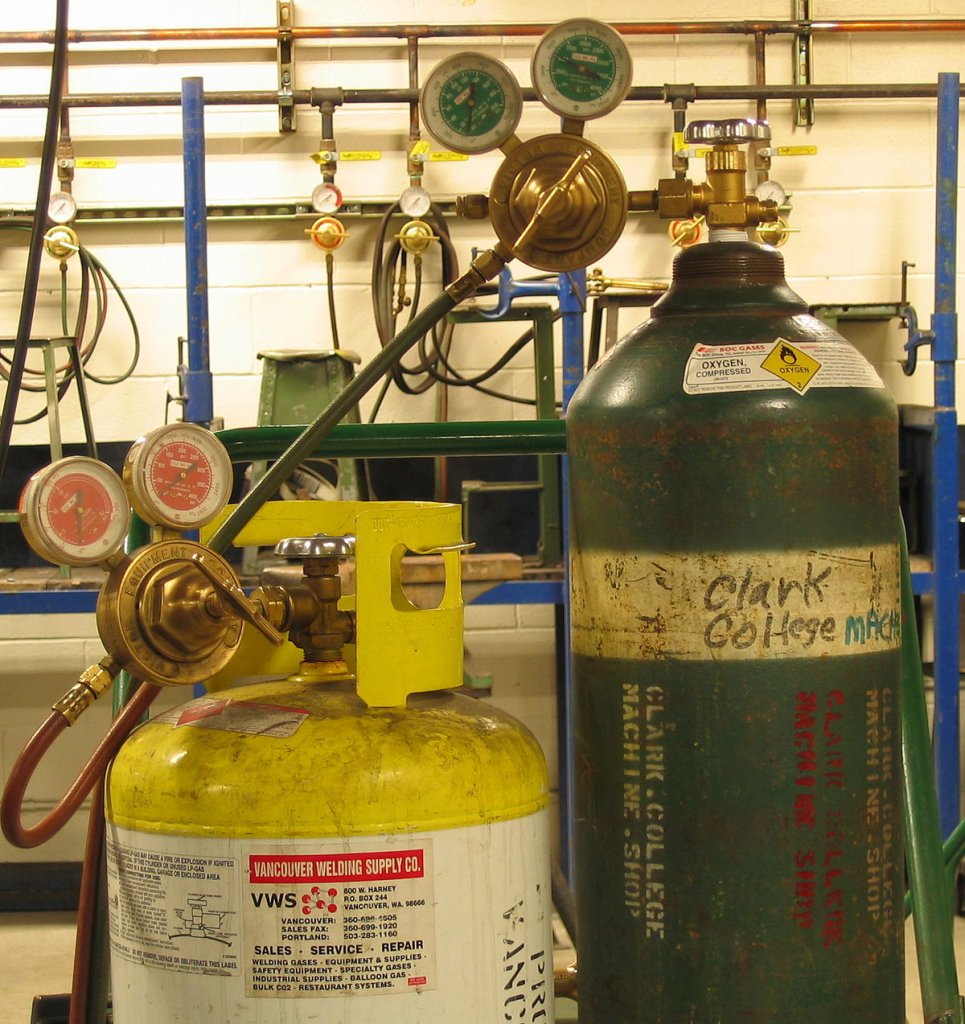
The reason behind its low availability is that the production of Mapp gas has been stopped.
The only central plant known to produce the gas stopped its production in 2008 after finding out that the oxygen flame of the Mapp gas used for welding purposes is not that useful because of the high concentration of hydrogen.
Although it was a much safer choice than acetylene, its effectiveness was less in welding.
Now, since the production of this gas has been discontinued and we have been discussing Mapp gas vs. Propane, you might wonder if it is even safe for cooking.
Yes, it is safe for cooking, and no proven instances of health hazards caused by this gas have been found yet.
Since the gas was first and primarily produced for industrial purposes like welding and soldering, the production did not continue for cooking purposes when that industry stopped using it.
But that does not mean it is harmful to your health. After all, it was used by some of the world-famous chefs to create their signature style in food.
It is safe to use, and although it is not readily available, you can still find it in some places (do not worry, it has not entirely disappeared from the world), you will have a tough time finding it.
What is Propane?
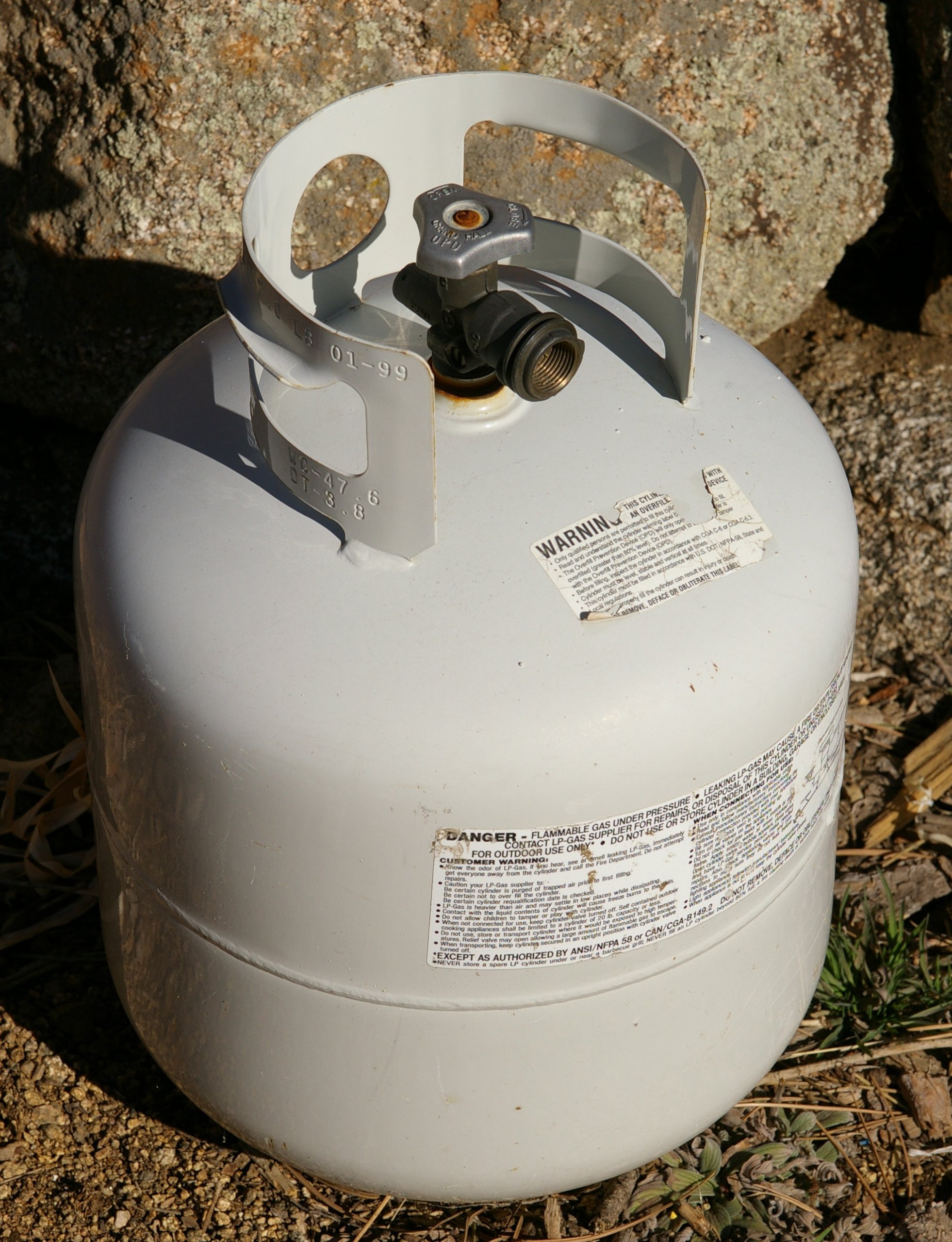
This is the most common cooking gas ever! Do you see that liquefied gas under pressure in your cylinder? Yes, that is what Propane.
The gas that best fits the definition of LPG. Also, propane is a hydrocarbon that burns at high temperatures and aids in cooking, heating, and vehicles.
Propane is extracted from crude oil and petroleum while refined for industrial use.
The extracted Propane is a highly concentrated, power-rich fuel stored in steel cylinders after being liquefied under pressure.
The best thing about this gas and what makes it so popular is that it is easily extracted and is readily available.
You can refill it at any gas station, sometimes in certain grocery stores.
Since it is not that reactive and can be stored in steel cylinders, it is also portable, making it ideal for use, especially in remote locations when we do not have many options.
Benefits of Propane
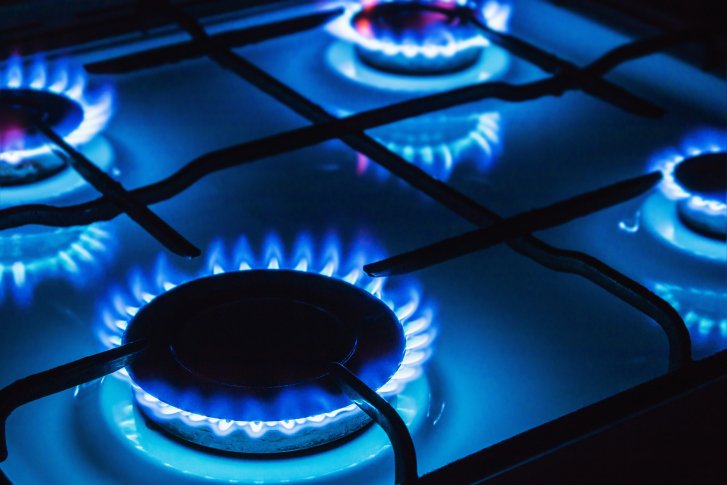
1. Propane Gas Enables Fast Start-up
One thing that people love about Propane is its fast start-up. The maximum heat that propane gas can produce might be less than Mapp gas, but when it comes to starting the grill, propane gas starts burning at a lower temperature, and hence, it can help you start up your grill much faster.
This propane gas feature is very handy when you are in a hurry or must cook for many people in a short duration.
They do not just start up fast but also hold the temperature for much longer and are way more stable than charcoal.
It is true that although even Mapp Gas can provide the same service, propane gas is better at it.
2. Propane Gas Is Cheaper Than Map Gas
For everything that we buy, the first thing that comes to our mind after the product’s quality is the price of the product. The same goes for selecting the ideal gas for your BBQ grill.
The reason behind Propane’s popularity is its price, which is comparatively cheaper than that of Mapp Gas.
The reason behind Mapp gas’s high price is that it is not readily available, and in fact, its production has been stopped in North America.
Its unavailability led to the hike in its price and helped propane gas win the Mapp gas Vs. Cost round Propane gas discussion.
3. It is Easier to Control Propane Gas
As mentioned before, Mapp gas has a too-high temperature, which helps you grill your food, sear the meat, or plan to do much quicker than propane gas.
However, with speed and high temperature comes a safety concern. There are two disadvantages with Mapp gas under this point.
Since it releases much more heat, it is more prone to burn your food if you cannot control it.
Let us say you are grilling meat or adding a touch to your dish. Since the temperature is high, you can easily overdo it and ruin your food.
The second disadvantage is a safety concern. The high temperature can also lead to accidents, especially if you are not careful and accidentally touch any hot utensil or steak on the grill.
The chances of something like this happening are much higher if you are not an expert in cooking.
So even after this, if you are planning to move forward with Mapp gas, make sure that you are a little extra cautious with its use so that you neither end up burning your food nor hurting yourself.
A lot of people also do not use Mapp Gas because it has the chance of melting certain metals like Aluminum (yes! The heat produced by Mapp Gas is that high).
So, if you want a more controlled and convenient way of cooking, then propane gas is the way to go.

